A Glimpse into the Festive Landscape of 2025: Major Holidays and Their Significance
Related Articles: A Glimpse into the Festive Landscape of 2025: Major Holidays and Their Significance
Introduction
With great pleasure, we will explore the intriguing topic related to A Glimpse into the Festive Landscape of 2025: Major Holidays and Their Significance. Let’s weave interesting information and offer fresh perspectives to the readers.
Table of Content
A Glimpse into the Festive Landscape of 2025: Major Holidays and Their Significance
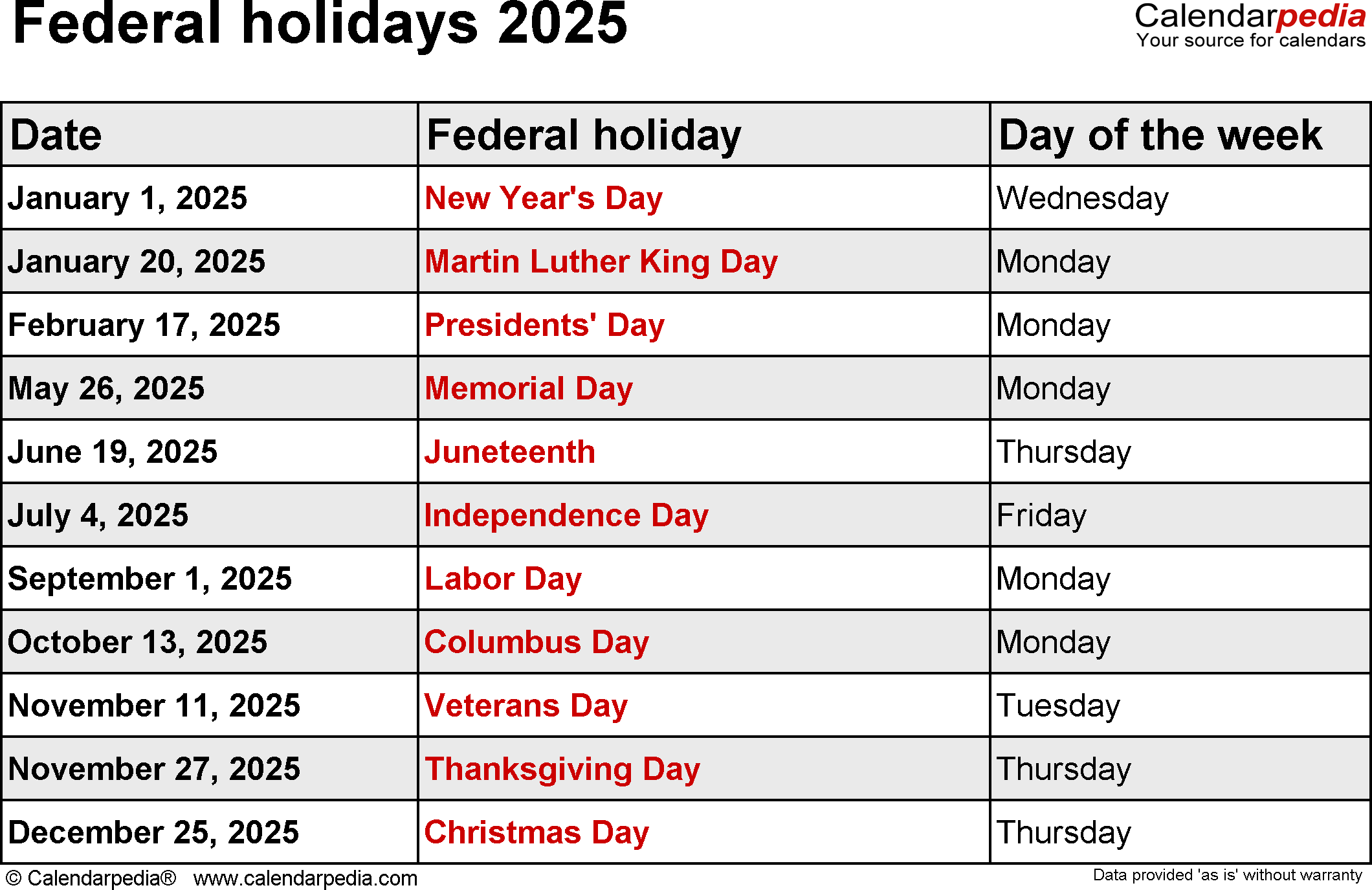
The year 2025 promises a vibrant tapestry of holidays, each offering unique opportunities for celebration, reflection, and connection. This exploration delves into the major holidays anticipated in 2025, providing insights into their historical context, cultural significance, and potential benefits for individuals and communities.
January:
- New Year’s Day (January 1): This globally celebrated holiday marks the start of a new year, offering a time for fresh beginnings, resolutions, and setting intentions for the year ahead. Many cultures observe this day with fireworks, feasts, and family gatherings, symbolizing hope and renewal.
- Martin Luther King Jr. Day (Third Monday in January): Observed in the United States, this holiday commemorates the life and legacy of Dr. Martin Luther King Jr., a prominent civil rights leader. It serves as a day of reflection on his advocacy for equality and social justice, encouraging individuals to engage in acts of service and promote understanding and tolerance.
February:
- Groundhog Day (February 2): This quirky holiday, celebrated in North America, involves observing the behavior of a groundhog to predict the length of winter. While rooted in folklore, it provides a lighthearted moment of anticipation for the arrival of spring.
- Valentine’s Day (February 14): A global celebration of love and affection, Valentine’s Day offers an opportunity to express appreciation for loved ones through gifts, gestures, and heartfelt expressions. It emphasizes the importance of relationships and fostering strong bonds.
- Presidents’ Day (Third Monday in February): Observed in the United States, this holiday honors the contributions of past presidents, particularly George Washington and Abraham Lincoln. It serves as a reminder of the principles of democracy, leadership, and service to the nation.
March:
- St. Patrick’s Day (March 17): A celebration of Irish heritage and culture, St. Patrick’s Day is marked by parades, traditional music, and the consumption of green beer. It offers a vibrant display of cultural pride and a chance to engage with Irish traditions.
- International Women’s Day (March 8): A global celebration of women’s achievements and a call for gender equality, International Women’s Day encourages reflection on the progress made and the challenges that remain in achieving full gender parity. It highlights the importance of women’s empowerment and participation in all aspects of society.
April:
- Easter (Sunday, March 30th in 2025): A significant Christian holiday, Easter celebrates the resurrection of Jesus Christ. It is a time of renewal, hope, and faith, observed through church services, family gatherings, and the tradition of Easter egg hunts.
- April Fools’ Day (April 1): A lighthearted holiday observed globally, April Fools’ Day encourages harmless pranks and jokes. It provides an opportunity for laughter and a break from routine, reminding individuals to embrace a sense of playfulness.
May:
- Mother’s Day (Second Sunday in May): A day dedicated to honoring mothers and mother figures, Mother’s Day offers an opportunity to express gratitude for their love, support, and sacrifices. It highlights the importance of family and the role of mothers in shaping individuals’ lives.
- Memorial Day (Last Monday in May): Observed in the United States, Memorial Day honors those who have died while serving in the U.S. Armed Forces. It is a solemn occasion for remembering and paying tribute to the sacrifices made for the nation’s freedom.
June:
- Father’s Day (Third Sunday in June): A day dedicated to celebrating fathers and father figures, Father’s Day provides an opportunity to express appreciation for their guidance, love, and support. It emphasizes the importance of paternal figures in shaping individuals’ lives.
- Juneteenth (June 19): Observed in the United States, Juneteenth commemorates the emancipation of enslaved African Americans. It serves as a reminder of the ongoing struggle for racial equality and a celebration of Black culture and resilience.
July:
- Independence Day (July 4): Observed in the United States, Independence Day commemorates the signing of the Declaration of Independence, marking the nation’s birth. It is a time for parades, fireworks, and celebrations of freedom and national pride.
August:
- Labor Day (First Monday in September): Observed in the United States, Labor Day celebrates the contributions of workers and the labor movement. It serves as a reminder of the importance of fair wages, safe working conditions, and the right to organize.
September:
- 中秋节 (Mid-Autumn Festival): This traditional Chinese festival, also known as the Moon Festival, is celebrated on the 15th day of the 8th lunar month. It is a time for family reunions, moon gazing, and enjoying mooncakes, symbolizing family unity and harvest abundance.
October:
- Halloween (October 31): A globally celebrated holiday with origins in ancient Celtic traditions, Halloween is associated with costumes, trick-or-treating, and themes of the supernatural. It provides a playful outlet for creativity and a chance to embrace the spooky and mysterious.
November:
- Día de los Muertos (Day of the Dead): Celebrated primarily in Mexico and other Latin American countries, Día de los Muertos honors deceased loved ones. It is a vibrant and joyful celebration, featuring altars, food offerings, and colorful decorations, emphasizing the enduring connection between the living and the departed.
- Thanksgiving Day (Fourth Thursday in November): Observed in the United States, Thanksgiving Day celebrates the harvest and expresses gratitude for blessings. It is a time for family gatherings, traditional meals, and reflecting on the year’s bounty.
December:
- Hanukkah (December 12-20 in 2025): An eight-day Jewish festival, Hanukkah commemorates the rededication of the Second Temple in Jerusalem. It is celebrated with the lighting of a menorah, the consumption of latkes and sufganiyot, and games of dreidel, symbolizing the triumph of light over darkness.
- Christmas Day (December 25): A major Christian holiday, Christmas celebrates the birth of Jesus Christ. It is observed globally with festivities, gift-giving, family gatherings, and the exchange of Christmas greetings.
- New Year’s Eve (December 31): The last day of the year, New Year’s Eve is celebrated with parties, fireworks, and countdown celebrations as individuals bid farewell to the old year and welcome the new.
Frequently Asked Questions (FAQs) about Big Holidays in 2025
Q: What are the most widely celebrated holidays in 2025?
A: The most widely celebrated holidays in 2025 include New Year’s Day, Valentine’s Day, Easter, Mother’s Day, Father’s Day, Halloween, Christmas, and New Year’s Eve. These holidays are observed by diverse cultures and traditions around the world.
Q: How can holidays benefit individuals and communities?
A: Holidays provide numerous benefits for individuals and communities. They offer opportunities for:
- Social Connection: Holidays bring people together, fostering stronger bonds within families, communities, and even globally.
- Cultural Preservation: Many holidays are rooted in cultural traditions, helping to preserve and transmit these traditions to future generations.
- Reflection and Gratitude: Holidays encourage reflection on the past, appreciation for the present, and hope for the future.
- Economic Activity: Holidays often stimulate economic activity through travel, shopping, and entertainment.
Q: What are some tips for making the most of holidays in 2025?
A: To maximize the enjoyment and benefits of holidays in 2025, consider these tips:
- Plan Ahead: Plan ahead for travel, gatherings, and activities to avoid last-minute stress.
- Connect with Loved Ones: Make an effort to reach out to family and friends, even if it’s just a phone call or message.
- Embrace Traditions: Engage in meaningful traditions, whether they are cultural, religious, or family-specific.
- Give Back to the Community: Consider volunteering or participating in community events to spread holiday cheer and support those in need.
- Practice Mindfulness: Take time to appreciate the present moment and the joys of the season.
Conclusion:
The holidays in 2025 offer a diverse and enriching tapestry of celebrations, each contributing to the vibrant fabric of human experience. From the joyous festivities of Christmas to the solemn reflection of Memorial Day, these holidays provide opportunities for connection, cultural expression, and personal growth. By embracing the traditions, values, and opportunities presented by these celebrations, individuals can enrich their lives and contribute to the well-being of their communities.
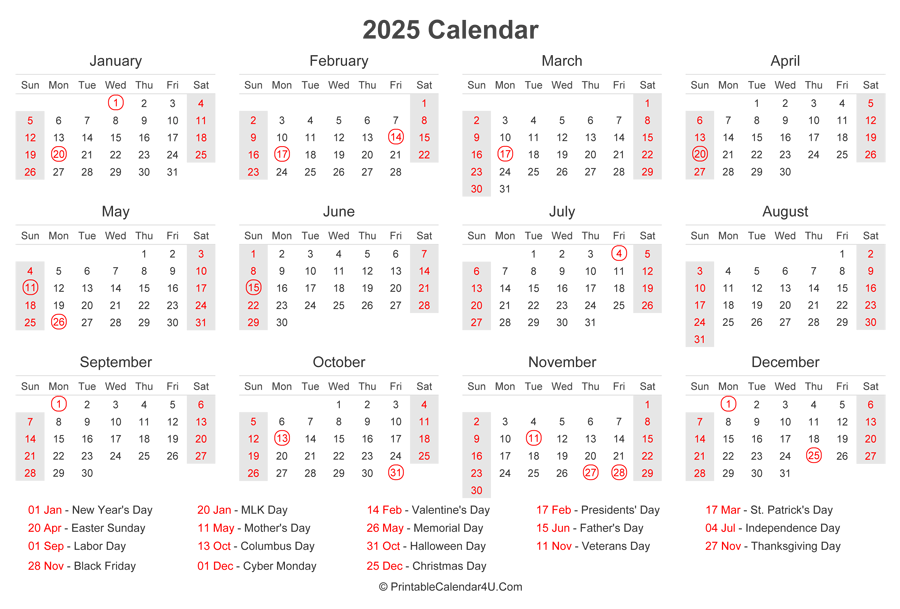
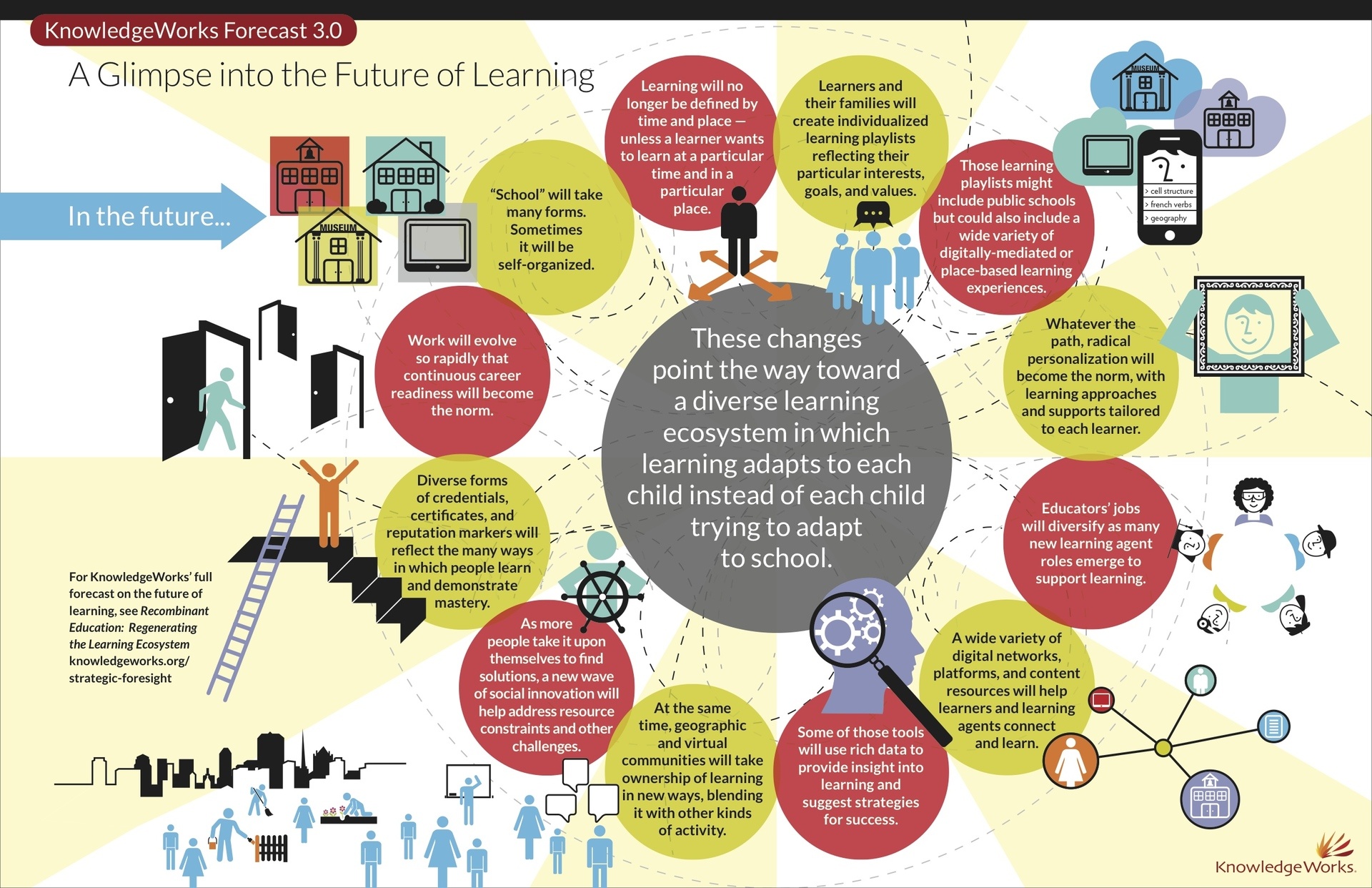
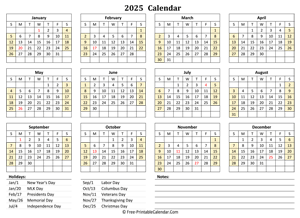
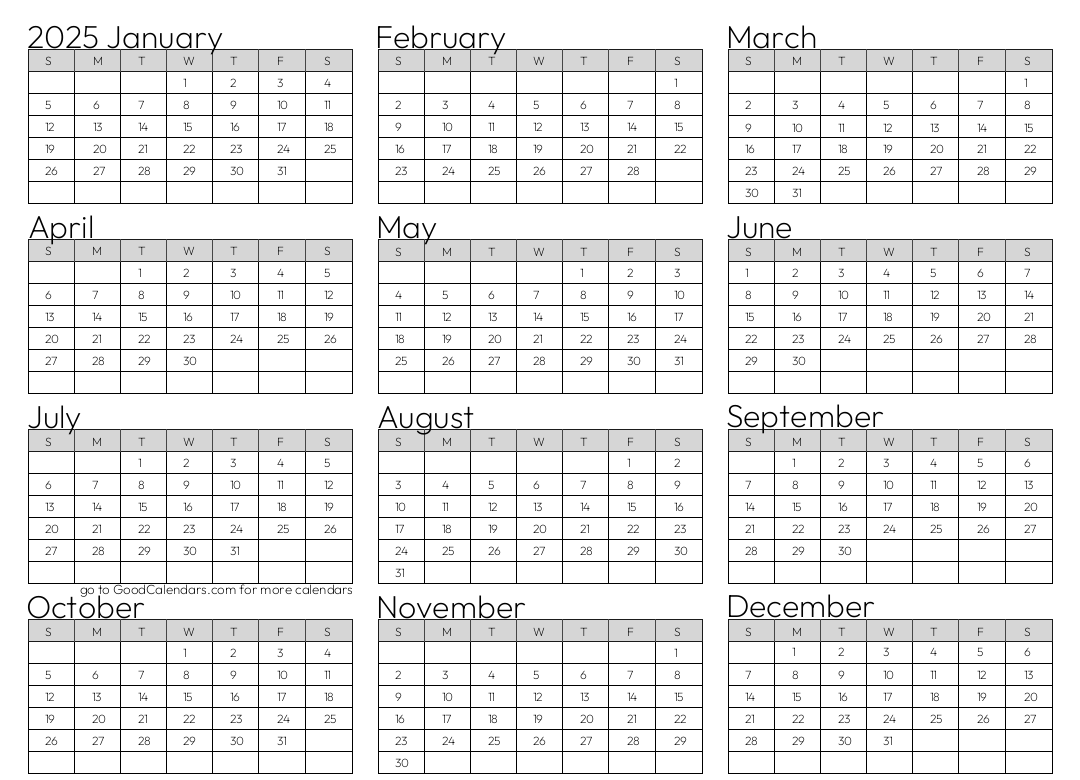



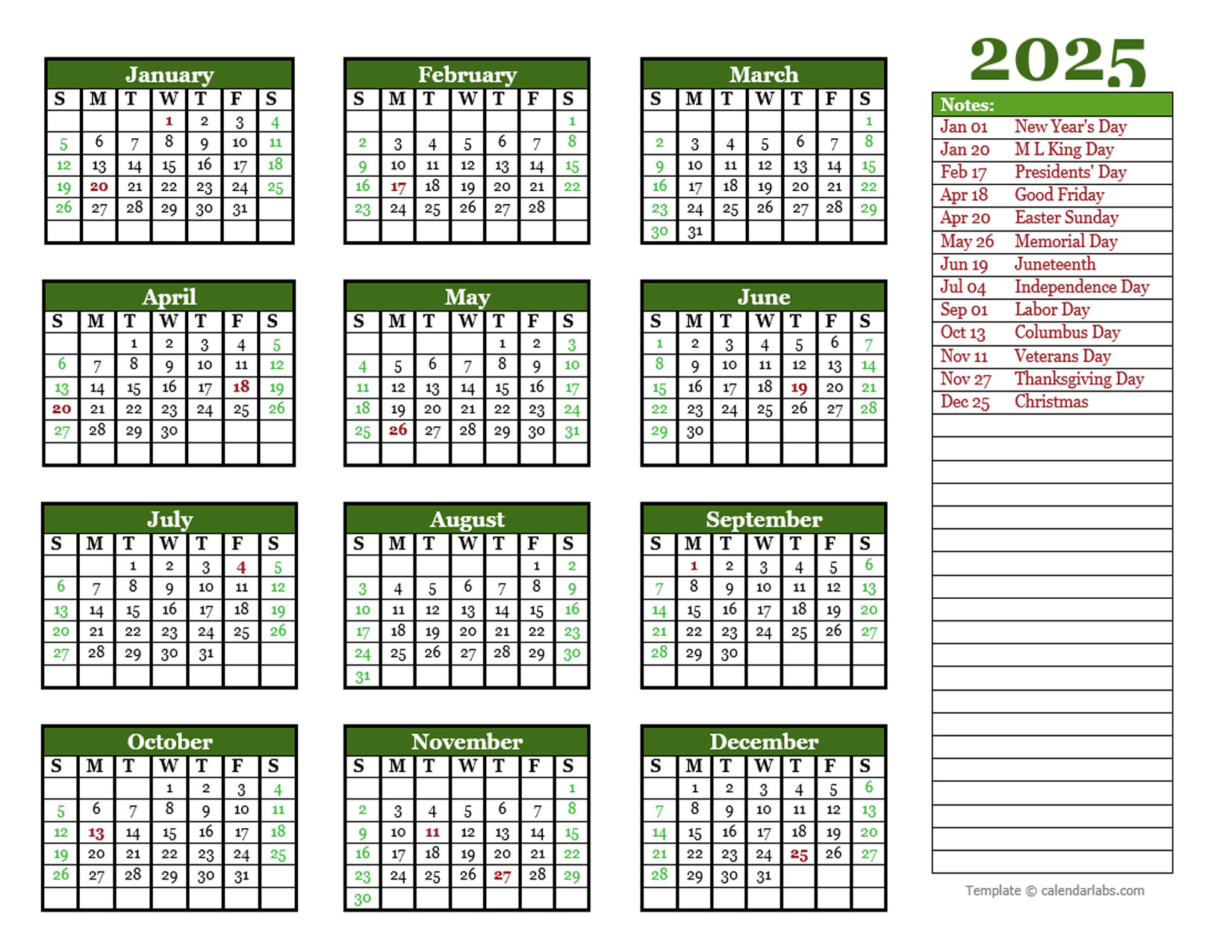
Closure
Thus, we hope this article has provided valuable insights into A Glimpse into the Festive Landscape of 2025: Major Holidays and Their Significance. We thank you for taking the time to read this article. See you in our next article!
